Has anyone tried a passive aeration compost bin?
anney
15 years ago
Related Stories

GARDENING GUIDESGet on a Composting Kick (Hello, Free Fertilizer!)
Quit shelling out for pricey substitutes that aren’t even as good. Here’s how to give your soil the best while lightening your trash load
Full Story
GARDENING GUIDESHouzz TV: Make a Worm Bin for Rich Soil and Happy Plants
A worm-powered compost bin that can fit under a sink turns food scraps into a powerful amendment for your garden. Here’s how to make one
Full Story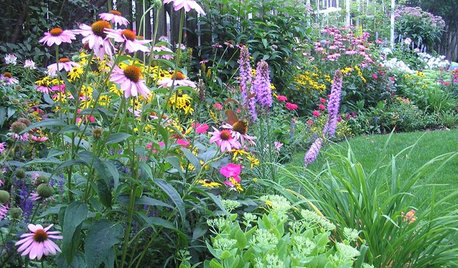
LANDSCAPE DESIGNTry Slow Gardening for Some Unexpected Benefits
Why set your garden on the fast track? Here's how to relax and enjoy it in an entirely new way
Full Story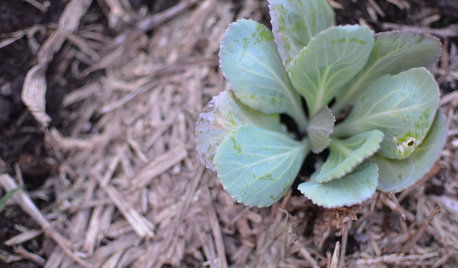
REGIONAL GARDEN GUIDESMid-Atlantic Gardener's September Checklist
Squash, anyone? Cool-season veggies are suiting up for the garden, while summer's last blooms are winding down
Full Story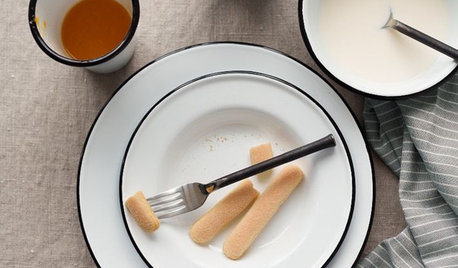
PRODUCT PICKSGuest Picks: Get Enamored of Kitchen Enamelware
Try these modern and vintage pieces coated in enamel for durability and beauty in your kitchen or on the table
Full Story
GARDENING GUIDESVegetables and Flowers Mix in Beautiful Edible Gardens
Ornamentals, meet your edible garden mates. We know you'll get along just beautifully
Full Story
EARTH DAYThe Case for Losing the Traditional Lawn
Work less, help the environment and foster connections by just saying no to typical turf
Full Story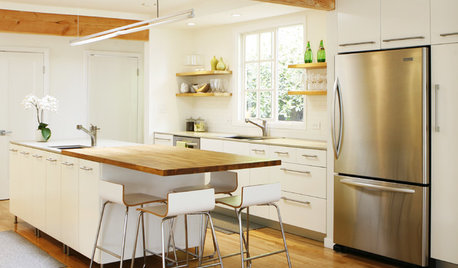
LIFESurprising Ways to Pare Down at Home
All those household items you take for granted? You might not need them after all. These lists can help you decide
Full Story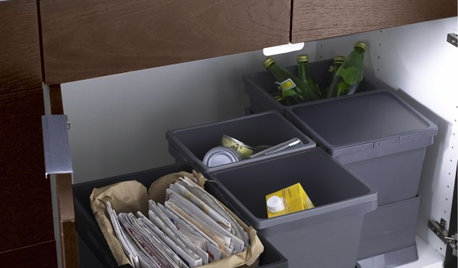
KITCHEN STORAGETake Your Recycling Station From Blah to 'Ahhhh'
Revamp an eyesore setup or just improve recycling efficiency with pullout drawers, stylish containers and innovative solutions
Full Story
HOUSEKEEPINGPortrait of a Reformed Terrible Housekeeper
See how a man who once stashed dirty dishes under the couch is turning over a new leaf for a neater home
Full Story







petalpatsy
jbest123
Related Professionals
West Milford Landscape Architects & Landscape Designers · Cary Landscape Architects & Landscape Designers · Simi Valley Landscape Architects & Landscape Designers · Estelle Landscape Contractors · Lexington Landscape Contractors · New Brighton Landscape Contractors · Old Saybrook Landscape Contractors · Oxnard Landscape Contractors · Benton Decks, Patios & Outdoor Enclosures · Cary Decks, Patios & Outdoor Enclosures · Green Bay Decks, Patios & Outdoor Enclosures · Lebanon Decks, Patios & Outdoor Enclosures · Medford Decks, Patios & Outdoor Enclosures · Orange County Decks, Patios & Outdoor Enclosures · St. Louis Decks, Patios & Outdoor EnclosuresKimmsr